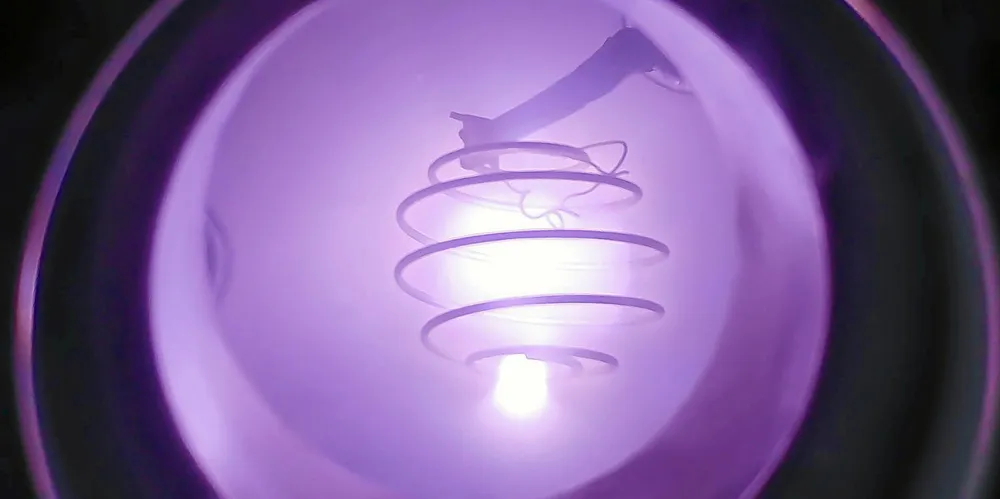New success moves world closer to ‘holy grail’ of near-limitless energy from nuclear fusion
California scientists have once again managed to harness ‘star power’ by using lasers to fuse two atoms together

California scientists have once again managed to harness ‘star power’ by using lasers to fuse two atoms together
